State Water Plans Are Coming Due
Reporter Brett Walton previews two plans — in Arkansas and Colorado — that will be unveiled this week, in addition to the Kansas plan that is due out next year.
At calendar’s end, we reflect. A good number of states have spent the entire year doing just that, about water.
One of my preview stories in February 2014 highlighted the explosion of interest among American state officials in crafting new water plans. Drought, peer pressure, and economic concerns led to the planning revival. Seven states were preparing to release a plan in draft or final form this year, and at least a half dozen other states were beginning discussions.
This week, the last two plans for 2014 are being unveiled.
- Arkansas adopted on Tuesday the first update to its water plan since 1990.
- Colorado officials will publish a draft today of the state’s first water plan.
The Arkansas plan emphasizes two points: 1) the state must use less groundwater and 2) the state must investment in new infrastructure. The plan forecasts a groundwater gap between sustainable supply and anticipated demand of 2.7 trillion gallons (8.2 million acre-feet) per year by 2050. The state expects to close this gap by weaning most farmers from groundwater. Instead of pumping from aquifers, they will use small, on-farm reservoirs and a network of new canals that will move water from rivers onto farms. Two such projects costing $US 1.3 billion are already under construction.
Colorado’s plan, meanwhile, will also recommend increasing the amount of water taken from rivers, particularly the Colorado River. Environmental groups are distraught at the thought of more river diversions.
Kansas, Too
Other state plans — Kansas for example — will be published next year. Like Arkansas, Kansas is concerned about groundwater. The western half of the state draws water from the Ogallala Aquifer, a finite source that, in a matter of decades, will no longer hold enough water to sustain the current farm economy. Wells on the aquifer’s fringe are already dry. I reported heavily on this for our Choke Point: Index package earlier this year, and you can find those stories, infographics, and photos in our Ogallala Aquifer section.
The Lawrence Journal-World reports that state officials will form a task force to recommend options for funding the Kansas plan. The largest project on the drawing board — still more pie-in-the-sky dreaming than shovel-ready, in my opinion — is a 600-kilometer (375-mile) canal from the Missouri River that would cost many billions of dollars. Again, something I reported on back in February.
Plans will not please everyone, but at least they put a state’s intentions in the open where they can be debated. And that gives everyone something to reflect on.
Have you read your state’s water plan? Does your state have a water plan? I’d love to hear from you. Send an email to walton@circleofblue.org, a tweet to @waltonwater, or comment below.
–Brett Walton
Circle of Blue reporter
Brett writes about agriculture, energy, infrastructure, and the politics and economics of water in the United States. He also writes the Federal Water Tap, Circle of Blue’s weekly digest of U.S. government water news. He is the winner of two Society of Environmental Journalists reporting awards, one of the top honors in American environmental journalism: first place for explanatory reporting for a series on septic system pollution in the United States(2016) and third place for beat reporting in a small market (2014). He received the Sierra Club’s Distinguished Service Award in 2018. Brett lives in Seattle, where he hikes the mountains and bakes pies. Contact Brett Walton

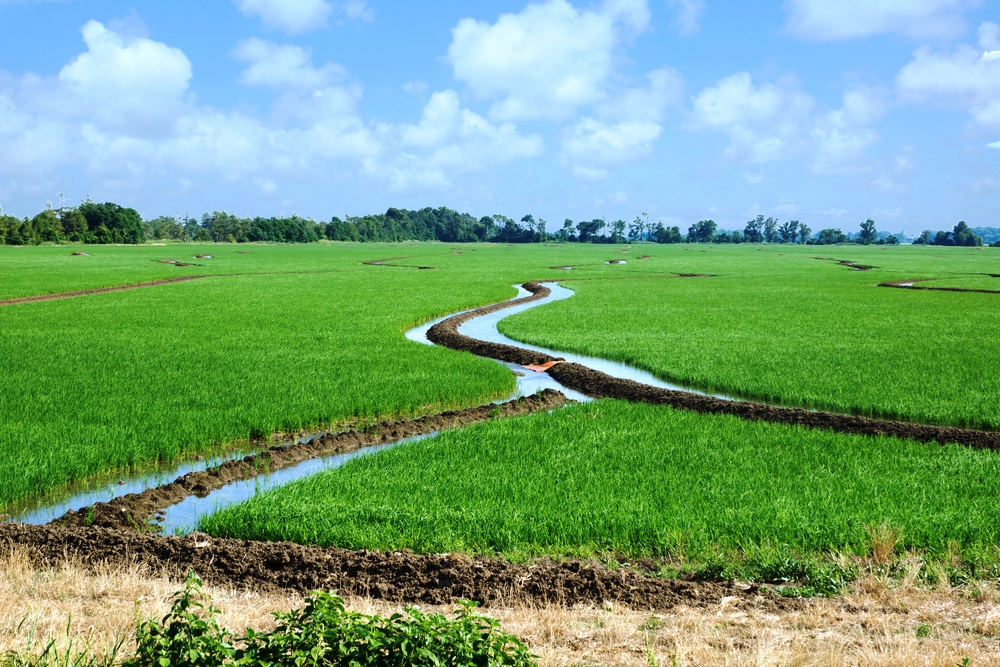

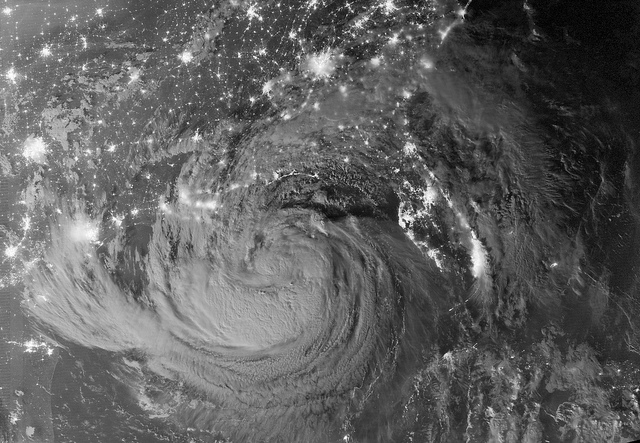
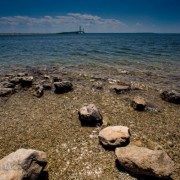
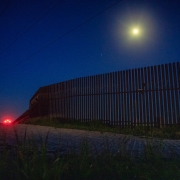
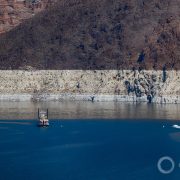
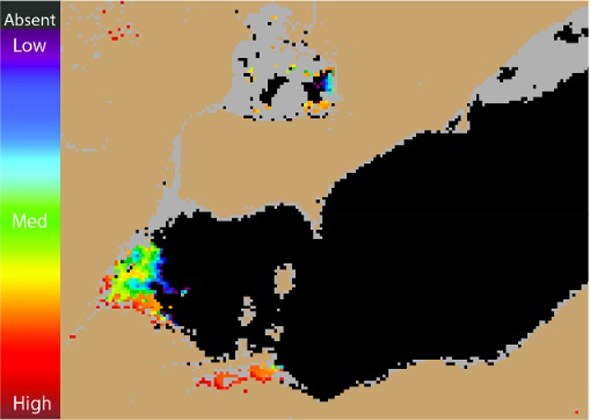
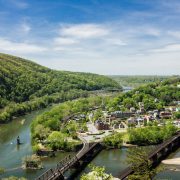


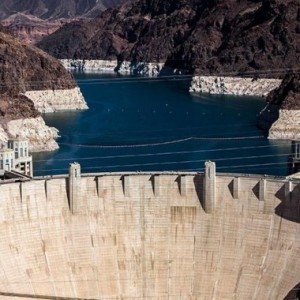

Leave a Reply
Want to join the discussion?Feel free to contribute!